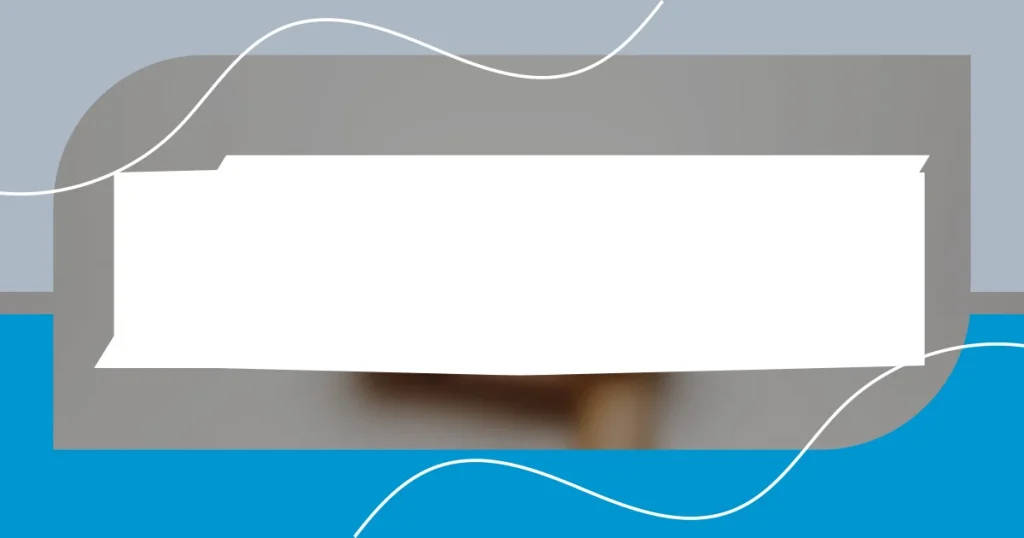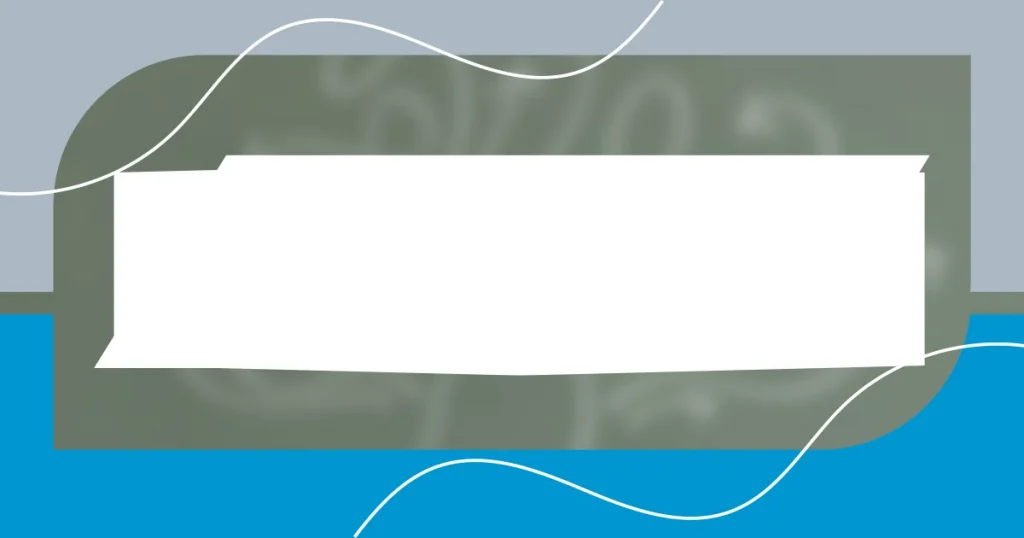Key takeaways:
- Breaking down the scientific writing process into manageable steps, starting with an outline, aids in clarity and focus.
- Clarity in language enhances reader engagement and facilitates constructive feedback, promoting deeper understanding and collaboration.
- Effective structuring of a scientific paper and proper citation reflect integrity, guide readers, and connect research to the broader academic community.
Understanding scientific writing process
The scientific writing process can often feel overwhelming, especially when I think back to my early days as a researcher. I vividly remember staring at a blank page, wondering how to transform complex ideas into something cohesive and comprehensible. Have you ever faced that blank page, feeling the pressure mount as the deadline approaches? It’s a common struggle, and recognizing that it’s part of the journey can offer some relief.
As I delved into the writing process, I discovered that breaking it down into manageable steps was my saving grace. First, I always start with an outline, which serves as my roadmap. Without this visual structure, I felt like I was wandering through a maze. I often ask myself, “What is the main takeaway I want my readers to grasp?” This question helps me stay focused and ensures that my writing is purposeful.
Furthermore, the revision stage is where the magic really happens. I recall spending countless hours reworking drafts, often feeling frustrated but ultimately realizing that this was an essential part of the process. Don’t you think that refining our thoughts and polishing our language is what makes scientific writing truly shine? Embracing this iterative process not only improves the clarity of my work but also enhances my understanding of the subject matter.
Importance of clarity in writing
Clarity in scientific writing is essential, particularly for conveying complex ideas without overwhelming the reader. I always remind myself that if I can’t explain my research clearly, then how can I expect anyone else to understand it? This realization has pushed me to prioritize simplicity in my language, choosing words that are accessible rather than obscure.
In my experience, using clear and concise language not only benefits the reader but also solidifies my own understanding of the material. For instance, when I was tasked with presenting my findings on a complicated topic, I struggled initially to nail down the key points. However, by stripping my writing down to its essence, the ideas became clearer, and I found myself more capable of discussing them confidently. It’s really about building a bridge of understanding between me and my audience.
I’ve noticed that when I achieve clarity in my writing, feedback becomes more constructive, and discussions around my work become richer. Readers seem more engaged and willing to ask insightful questions, which has often led to fruitful collaborations. I believe that this openness stems from a shared understanding, where everyone is on the same page because the ideas are articulated so effectively.
| Aspect | Importance |
|---|---|
| Engagement | Clear writing keeps readers interested. |
| Understanding | Enhances comprehension of complex topics. |
| Feedback | Promotes constructive discussions and collaboration. |
Structuring a scientific paper effectively
Structuring a scientific paper effectively is crucial for presenting your research in a compelling way. Reflecting on my own experiences, I often found that a clear structure not only guided my writing but also helped me communicate my ideas more effectively. I remember agonizing over where to place certain sections; it was like solving a puzzle. However, I now recognize that starting with a defined format—like Introduction, Methodology, Results, and Discussion—helps maintain a logical flow and keeps the reader engaged throughout.
- Introduction: Clearly state the problem you’re addressing and its significance.
- Methods: Detail your approach so others can replicate your work.
- Results: Present data objectively, using tables and figures for clarity.
- Discussion: Interpret your findings and relate them to existing literature.
- Conclusion: Summarize the key takeaways without repeating all details.
Crafting each section with intention allows the reader to follow your research journey seamlessly. I often think of it as guiding someone through a maze; each section is a signpost, leading them toward a deeper understanding of my work. Balancing rigor with readability is certainly a challenge, but I’ve found that embracing this structure not only enhances my writing but also bridges the gap between my research and the audience’s comprehension.
Proper citation and referencing
Proper citation and referencing are more than just academic obligations; they reflect the integrity of our work. I vividly remember the first time I presented a paper that lacked proper citations. The questions from peers were daunting, revealing gaps in my research and making me feel unprepared. It taught me that each citation is like a thread in a tapestry, connecting my work to a broader scholarly conversation.
When I delve into the referencing process, I find it serves as a crucial moment of reflection. It’s a chance to acknowledge those whose ideas shaped mine. For example, I once struggled with a complex concept in my research, and I found clarity through a particular article. When I took the time to properly cite that source, not only did it lend credibility to my work, but I also felt a sense of belonging within the scientific community. Isn’t it rewarding to know that your work is built upon the foundations of others?
Incorporating accurate citations is also a skill I continually develop. Recently, I attended a workshop on various citation styles. It struck me how each has its nuances and particularities. Initially overwhelmed by the details, I eventually came to appreciate how mastery over these styles enhances my writing. It’s like learning the different dialects of a language; the more fluent I am, the better I can communicate my research and engage with others in the field.
Common mistakes in scientific writing
I’ve stumbled into the pitfall of jargon-laden writing more times than I care to admit. Early in my research career, I thought using complex terminology would impress my peers. Instead, I ended up alienating readers who couldn’t grasp my ideas. Reflecting on that experience, I now advocate for simplicity. When we use clear, accessible language, we invite others to engage with our work rather than push them away.
One common mistake I see is the failure to articulate a strong thesis statement in the introduction. I once submitted a paper that danced around the main idea, thinking the significance would be clear by the end. My mentor’s feedback was a revelation—it should be crystal clear from the start. It’s the anchor that guides the reader. Crafting a solid thesis not only streamlines your writing but also sets a clear expectation for the reader. Why make them guess what you’re trying to convey?
Lastly, I’ve learned that poor organization can muddle even the most groundbreaking research. In one instance, I tried to introduce findings before outlining the methods used to obtain them. The confusion was palpable. I realized then that each part of the paper serves a specific purpose, and when those purposes are jumbled, the entire message becomes unclear. Taking the time to plan and logically sequence your arguments can dramatically enhance your paper’s readability and impact. Don’t you want your insights to shine through, unclouded by disorganization?
Tips for improving writing skills
Improving writing skills can feel like an endless journey, but there are some actionable steps that can really make a difference. One thing I’ve found helpful is to read widely, especially in fields related to my own. I remember diving into various scientific journals, and the exposure to different writing styles not only enriched my vocabulary but also sparked new ideas. How can you refine your voice if you don’t first listen to others?
Another tip that stands out in my experience is the power of feedback. Early on, I used to shy away from sharing drafts, fearing criticism. Then I had a mentor who encouraged me to embrace the revision process. It was daunting at first, but that input opened my eyes to areas for improvement. Have you ever shared your work and found that others see strengths and weaknesses that you might have missed? It’s like turning on a light in a dim room—you suddenly see where enhancements can be made.
Lastly, practice makes perfect, but intentional practice is essential. I began to set aside time each week specifically for writing, treating it like a crucial appointment. I’d explore topics that intrigued me, outside of any requirement. This exploration transformed my apprehension into joy. Have you carved out time to let your thoughts flow? I highly recommend it; the more you write, the more refining you can do, which ultimately leads to greater clarity and cohesion in your scientific endeavors.













